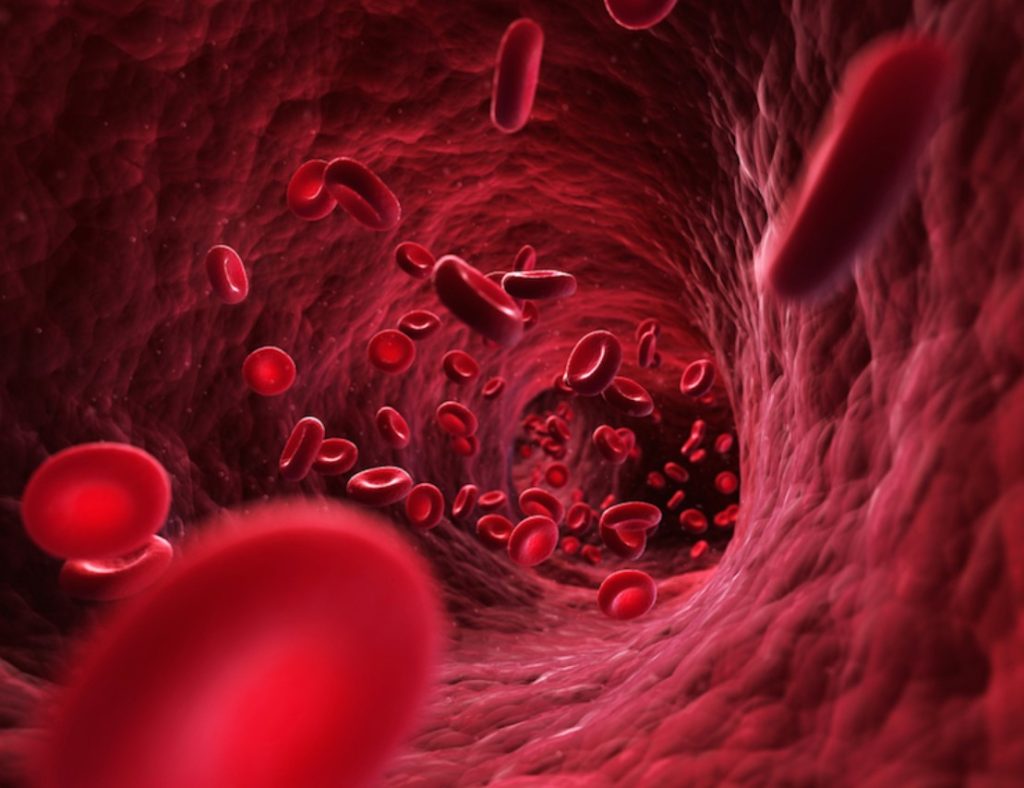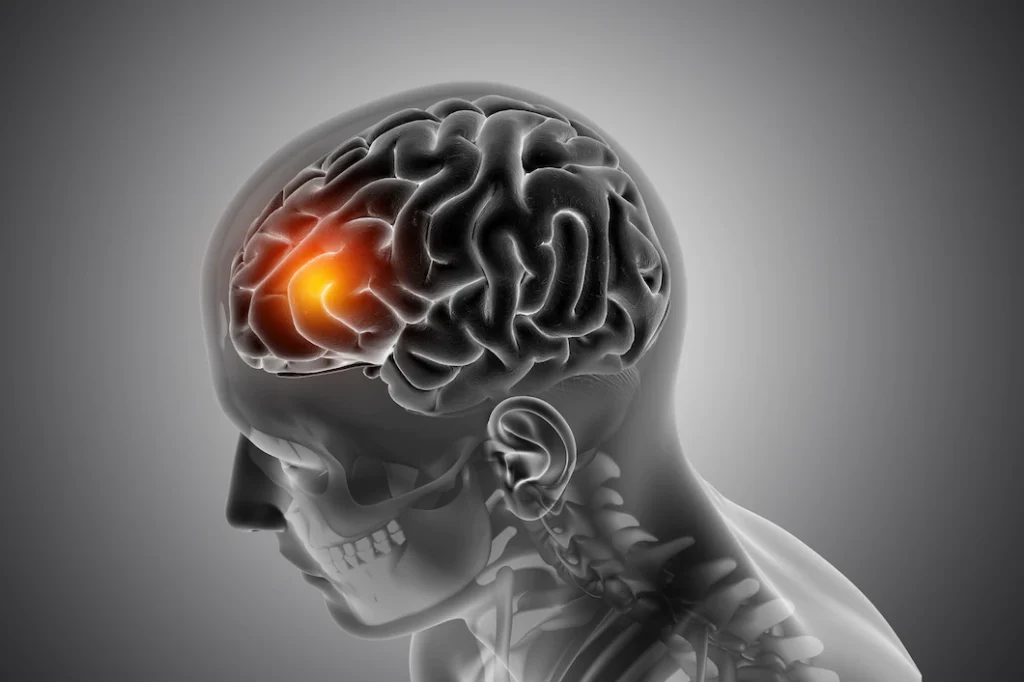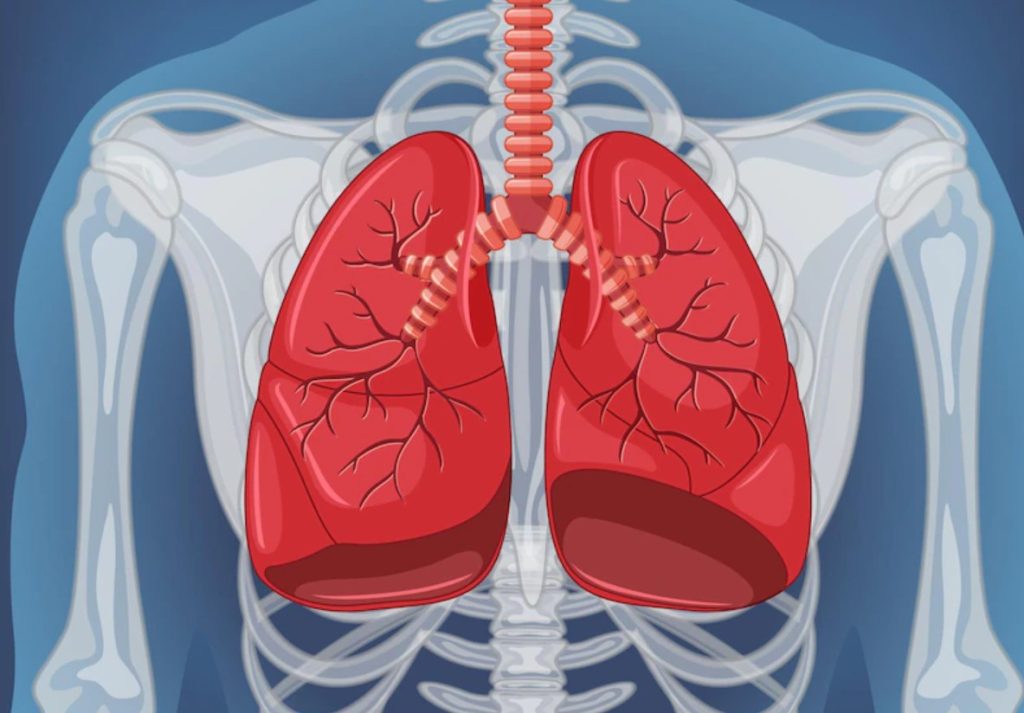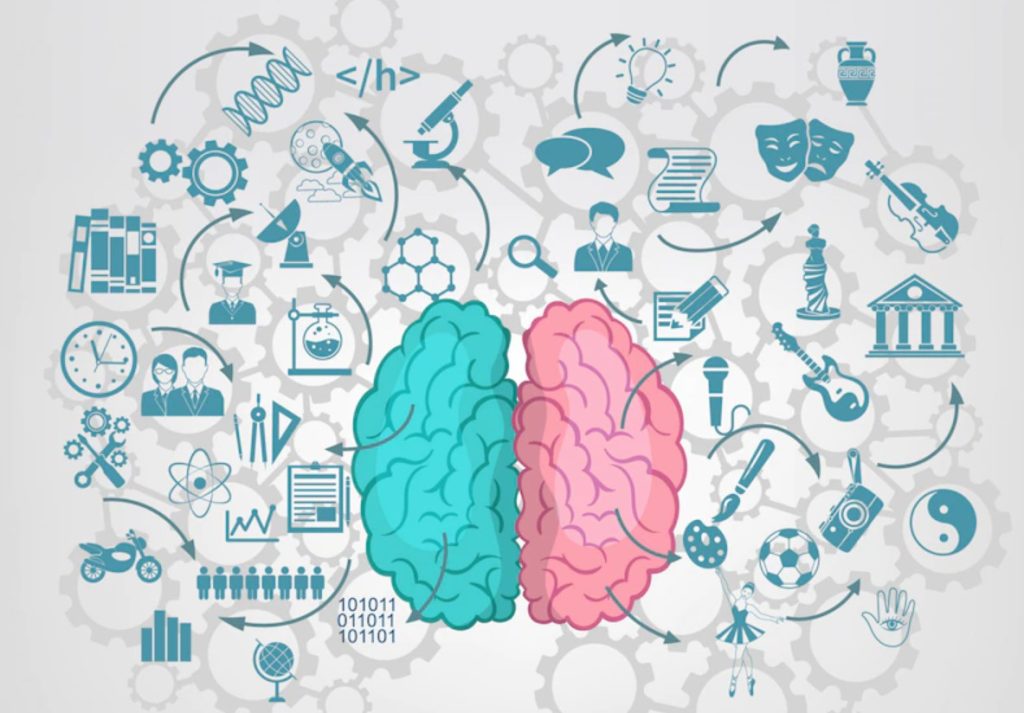How the Body Works? Guide 2024
When you think about how a body works, the first thing you should know is that the human performs the same functions and in a similar way. There is not so much of a difference or, to be precise, no difference at all. Humans are not so complicated to understand. You can anyway compare it with a machine. It does its functions as it is supposed to do. The human body has an external part as well as an internal part. External parts can be seen and can be readily controlled as well. But the internal part is involuntary in nature; that is, it cannot be controlled.
The human body needs to coordinate with each body part, be it external or internal, in order to function normally. All these you should be aware of like general knowledge to know your body type. The internal body parts together also perform different functions separately. That is called a system. For example, the human has a circular system, nervous system, digestive system, et cetera. You might be interested in knowing how your body works. Here are a few interesting, frequently asked questions about the working of the human body.
Interesting Questions About How the Human Body Works
What amount of Blood is in my body?
The human body is home to around 6 quarts (5.6 Liters) of blood. Blood is main transportation system. In a single day, blood travels over 12,000 miles. It is circulated by our heart blood is a source of oxygen from the air that you breathe and nutrients from the food that we consume to all cells in our body. It also helps keep cells healthy and clean by carrying waste materials away after oxygen and nutrients have been utilized to perform processes like healing and growth. In addition, blood transports hormones–chemicals made in glands that control a variety of processes–throughout your body.
What are the parts of the brain?
The brain of a human is split into three distinct components: the cerebrum, the cerebellum and the brainstem. The cerebrum is by far the most important component of the human brain (about 85 per cent of its weight). It is responsible for emotions, thinking, memory, speech, and emotions. It’s divided into left, and right sides, known as hemispheres, with each side split further into lobes or parts. The thick outer layer is known as the cortex. It is comprised of tissues that are known as gray matter. The cerebellum is responsible for the coordination of motions we rarely consider: it assists us in walking straight and straight and keeps us in a steady state to avoid falling over, and gives us the ability to coordinate. The brainstem is the link between the brain to the spinal cord. It regulates the vital functions of our body like digestion, breathing, as well as heart rate.
How do people breathe in and out?
If we’re carrying a significant amount of carbon dioxide, the waste gas created processes – in the bloodstream, our brain receives the message and instructs our lungs to let out and get rid of the gas. This induces us to inhale to draw in air that will eventually deliver oxygen to each cell of our body. This controlled breathing and exhaling happen between 10 and 14 times per minute when we breathe in a calm, relaxed manner.
If we require more oxygen than normal, our brain is in charge of it as well. If we’re doing a lot of work or exercising, our brain instructs that we breathe faster by taking up to 20 times the amount of air. If that doesn’t get all the oxygen our muscles require, then we could “run exhausted,” and we’re forced to stop and rest. It’s possible to breathe heavily at that moment–every second or so until our muscles can get back to work.
What is the working of the brain?
It is our body’s command center. Every aspect of our lives– eating, walking, talking and thinking, as well as recalling and sleeping — is managed and processed by our brain. The brain is the most complicated organ in our bodies; the brain informs us what’s happening outside the body (whether we are hot or cold, for example, or if the person who is approaching us is an acquaintance or a stranger) and also what’s happening inside our bodies.
Brains are the primary component of the nervous system of our body. It contains between 10 or 100 billion nerve cells, also known as neurons. Neurons are the building blocks of the body’s nerves, which are thin cords that extend from head to toe and every part between them. Neurons absorb and transmit electrical signals, also known as impulses, that regulate or respond to whatever you are doing and feeling.
Your brain constantly receives signals and transmits them every second of the day. It manages thousands of neuron impulses each second.
Apart from this, one of the main questions that people are asking and concerned about nowadays is to know their type. Knowing the type will help you to understand the calorie you should intake and burn to stay fit and healthy. You can visit this page to check out this body type quiz to learn details about your body type, the advantages of each body type and many more!
Final Thoughts
Humans have many more functions and different ways to function as well. What you need to remember is that your body will function readily. The digestive, circulatory, respiratory, and excretory processes will happen involuntarily. You cannot control any of it at any cost.
We hope that you got the information that you were looking for. Share it with those who are looking forward to knowing how the body works!
Related Posts:
- 7 Best Red Hair Dye for Dark Hair 2024 - Top Picks
- 15 Best Contour Kits 2024 - Top Picks Expert Review…
- 15 Best Eyelash Extensions 2024 - Review & Buying Guide
- 12 Best Coconut Oil For Natural Hair Growth 2024 -…
- 8 Best Oils For Low Porosity Hair 2024 - Review &…
- 6 Tips for Finding a Reliable Human Hair Wig Supplier








